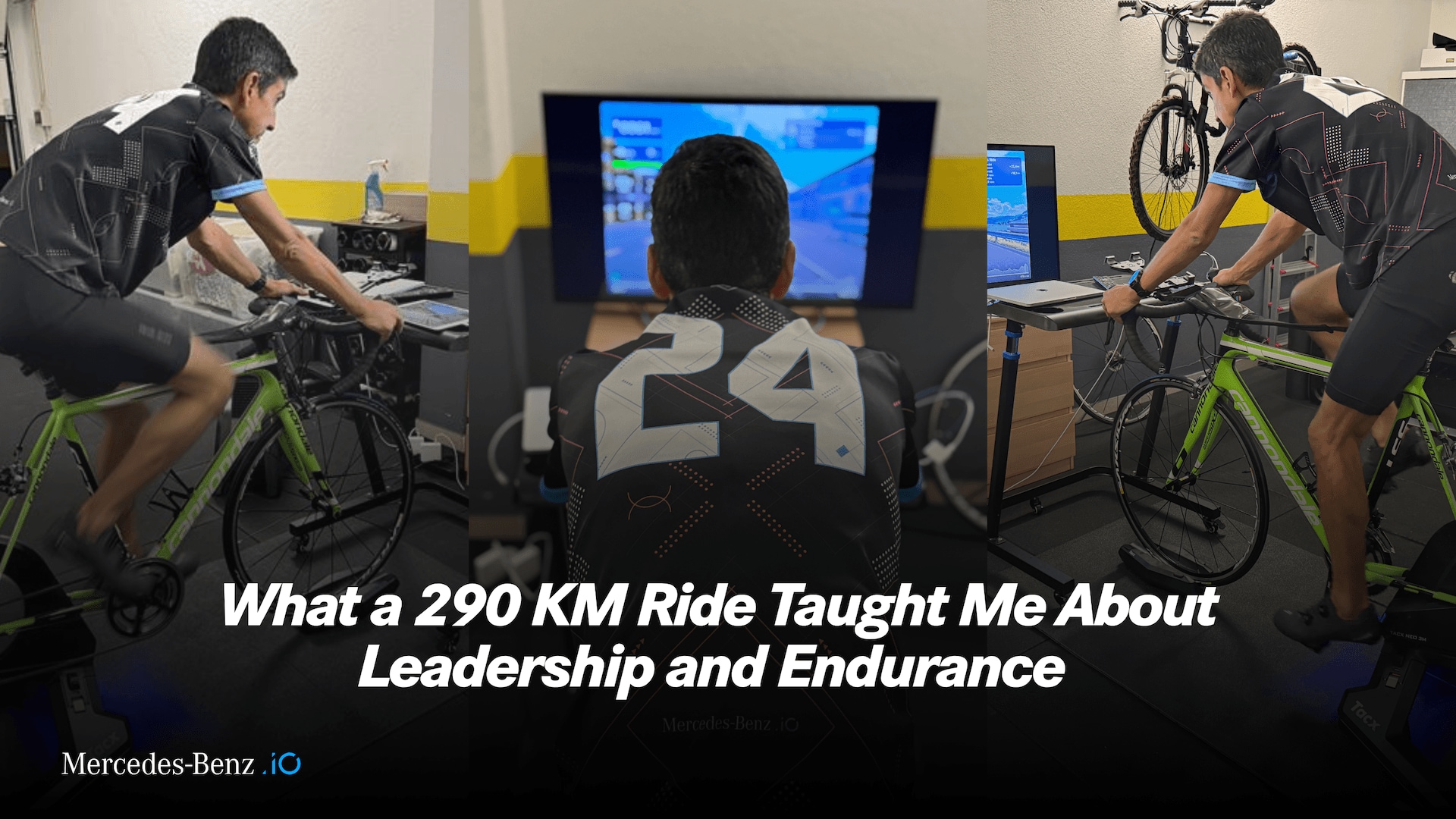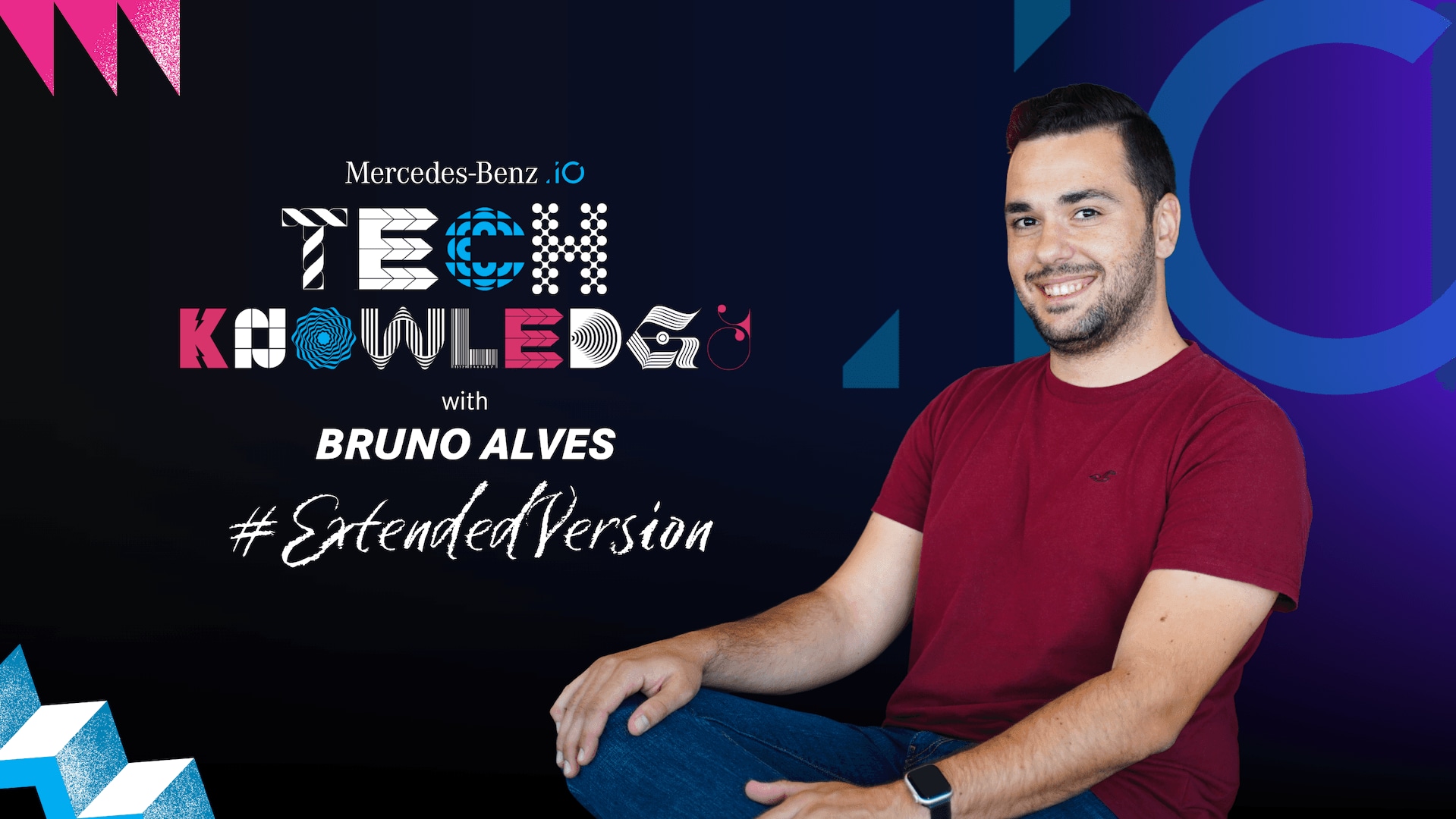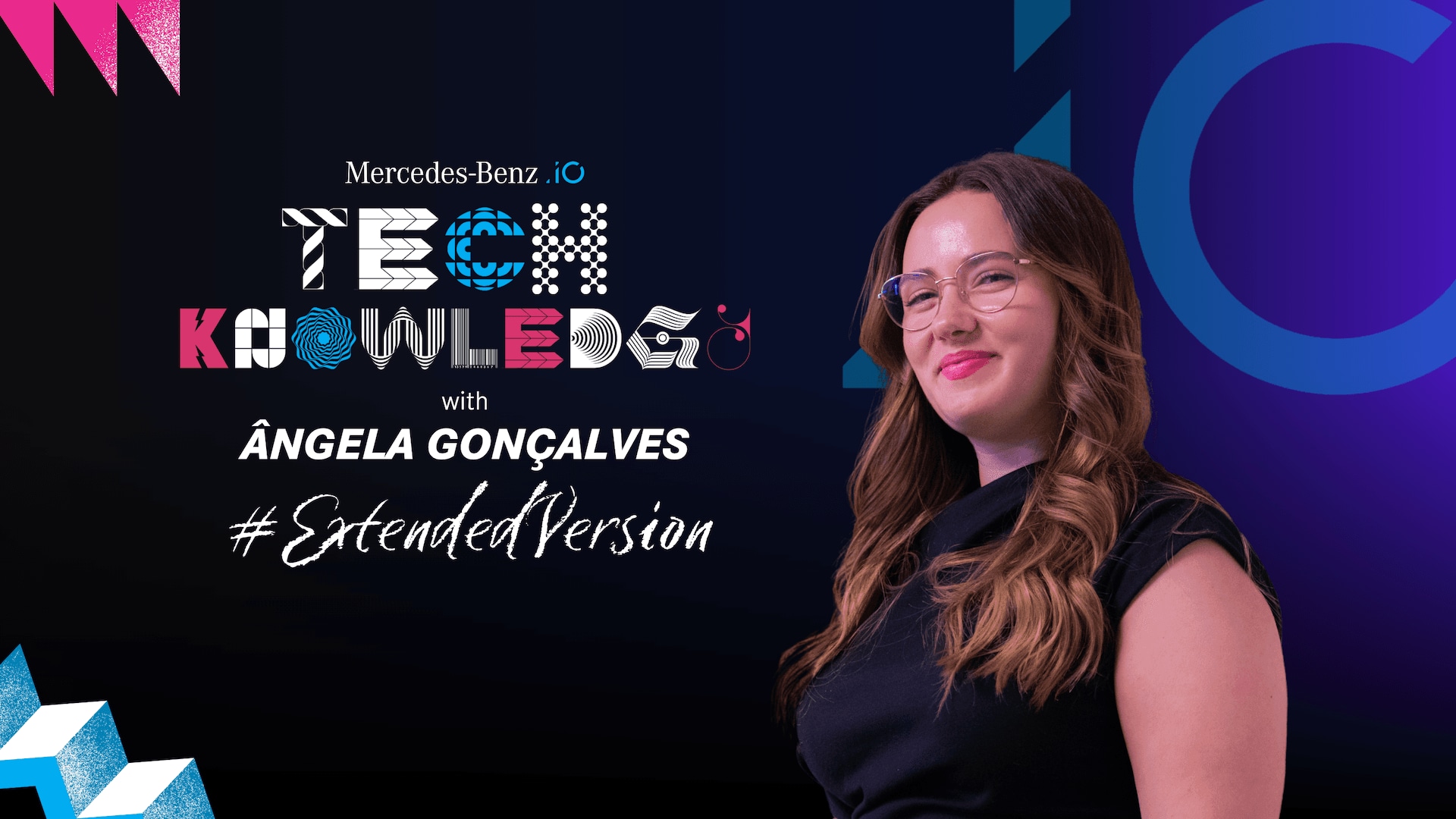
How Switching to Public Transport on Office Days Made Me More Productive (and Less Anxious)
On most days, I don’t think twice about what gets me to work. But since the beginning of the year, I made a simple switch: I stopped driving to the office and started using public transport instead.
What I expected was a logistical change, ended up being a mindset shift. And, strangely enough, a more productive, less anxious workday. This isn’t about necessarily ditching cars or pretending every commute is magical. It’s about how one small change, supported by our company, ended up helping me set better boundaries, find unexpected focus, and reconnect with my own pace.
Contents
More time doesn’t always mean more space
Let’s start with the obvious: driving gives you control whether the route, the music, the timing. But what I hadn’t noticed until I stopped was how much mental load driving carried, especially in city traffic.
That in-between time was never really “mine”. I’d arrive home or at the office already carrying the tension of other drivers, red lights, and whatever podcast I half-listened to while passively yelling to people with poor driving skills. I had more control, but less presence.
When I started choosing public transports, something shifted: my body was still in motion, but my mind could rest. I wasn’t on high alert and tensions; I wasn’t angrily responding to external demands. And it turns out, that makes a real difference.
I got curious about that, so I did something I do best: reading. While researching I found a 2014 study in Preventive Medicine that found that people who used public transport instead of driving reported higher levels of psychological wellbeing, with significant reductions in perceived stress, particularly in urban environments where traffic congestion is high.
That matched my experience: public transport didn’t just change how I got to work but absolutely changed how I arrived.
The “buffer zone” your brain didn’t know it needed
By choosing public transportation, it allowed me to go back to reading, a habit I invested in recently, switching between physical books or e-readers. On some days, I also dedicated time to listening audiobooks, podcasts, or the most recent album of an artist I follow. Other days I just look out the window and think — something I forgot was productive.
It created something I didn’t know I was missing: a decompression zone. That psychological “between” space where I’m not reacting to work yet, but I’m slowly getting ready for it. In organisational psychology, these are referred to as boundary transitions — the moments between roles that help us reset and prepare. According to a 2021 paper in the Academy of Management Journal, these transitions support emotional recovery and clearer focus, especially in hybrid or knowledge-heavy work where context-switching is high.

Mental clarity makes space for better focus
The biggest surprise came when I noticed how I approached work. On days I took public transport, I started noticing a different kind of energy. I wasn’t rushing into meetings still catching my breath. I wasn’t scanning emails while parking. I arrived... calmer. And because I wasn’t already overstimulated, I found it easier to focus deeply, earlier.
I also noticed I didn’t feel as mentally drained by the end of the day. It’s subtle, but that shift in how you arrive at your workday has ripple effects on how you move through it.
Interestingly, the American Psychological Association found that long driving commutes correlate with higher levels of fatigue and reduced cognitive performance, particularly when compounded by traffic stress. That wasn’t a study I read before making the switch but it perfectly described the difference I started to feel.
Culture makes it easier to say yes to change
Now here’s the part where Mercedes-Benz.io comes in. Because this isn’t just about my decision, it’s also about the environment that made it feel possible.
At Mercedes-Benz.io, we’re encouraged to experiment. With tools, with our work, with finding your rhythm and routines. And that sense of autonomy and trust played a big part in me actually trying this out.
We’re also supported in practical ways, whether it’s flexible working hours, a hybrid spirit, or even the simple fact that choosing public transport doesn’t mean arriving late or “doing less”. It’s seen as a choice that fits a certain rhythm, not a compromise.
According to Harvard Business Review, workplaces that acknowledge and support alternative commuting habits (such as reimbursing public transit or offering flexible arrival times) report higher employee retention and motivation, particularly among hybrid teams.
That resonates with me, because knowing that I can show up in a way that makes sense for me, whether that means headphones on at 8:00 on a train or logging in later from home, helps me keep adjusting, iterating, and not falling into default mode just because it’s what I’ve always done.
Does this work for everyone?
I’m a 100% this might not work for everyone, of course not. Some days I still drive to work, and I’m aware that depending on your location, schedule, or needs, public transport might not be an easy option.
Ultimately, this isn’t a judgement of how you get to work, but a shift in how we are checking our assumptions.
Maybe the question isn’t just “what’s the fastest way to get to the office?”
Maybe it’s: what kind of headspace do I want to be in when I get there?
What I’d tell anyone considering it
If you’re even a little curious: try it once. Not because it’ll change your life. But because it might change your morning or even how you arrive to work.
You may see it as an experiment, not a full-on commitment, and adapt it how it makes sense. But I can guarantee if you start noticing how you feel when you arrive, that might tell you more than anything else. Sometimes productivity starts not with doing more, but with creating space to think, rest, or simply exist without input. And that’s what my commute gave me back.
Related articles

Pedro Salgueiro
What a 290 KM Ride Taught Me About Leadership and Endurance
Oct 28, 2025

Bruno Alves
Between Code and Confidence: A Site Reliability Story Built on Prevention
When reliability is the goal, Bruno Alves is already deep in the details.
Sep 26, 2025

Ângela Gonçalves
Breaking In, Not Breaking Things: A Security Journey Built on Curiosity
When people imagine a career in security, they often picture someone who took a traditional route: a computer science degree, years of technical training, maybe a childhood spent taking things apart. That’s not how Ângela Gonçalves’ story begins.
Sep 23, 2025